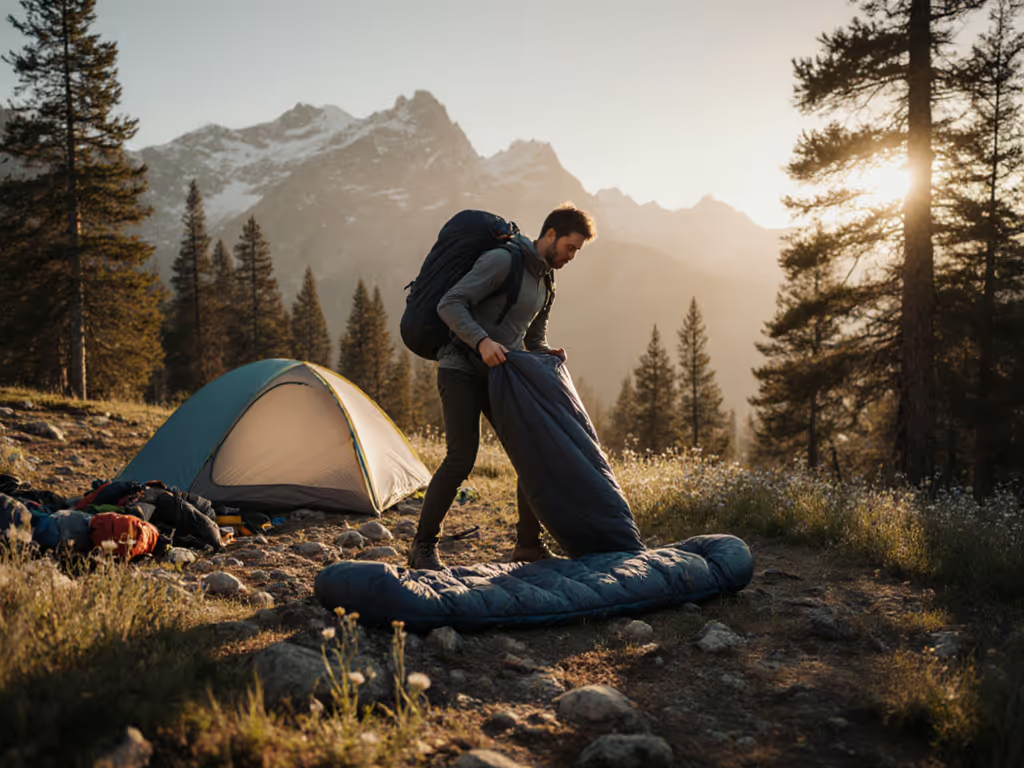
Desert Camping Sleeping Bags for Extreme Temperature Swings
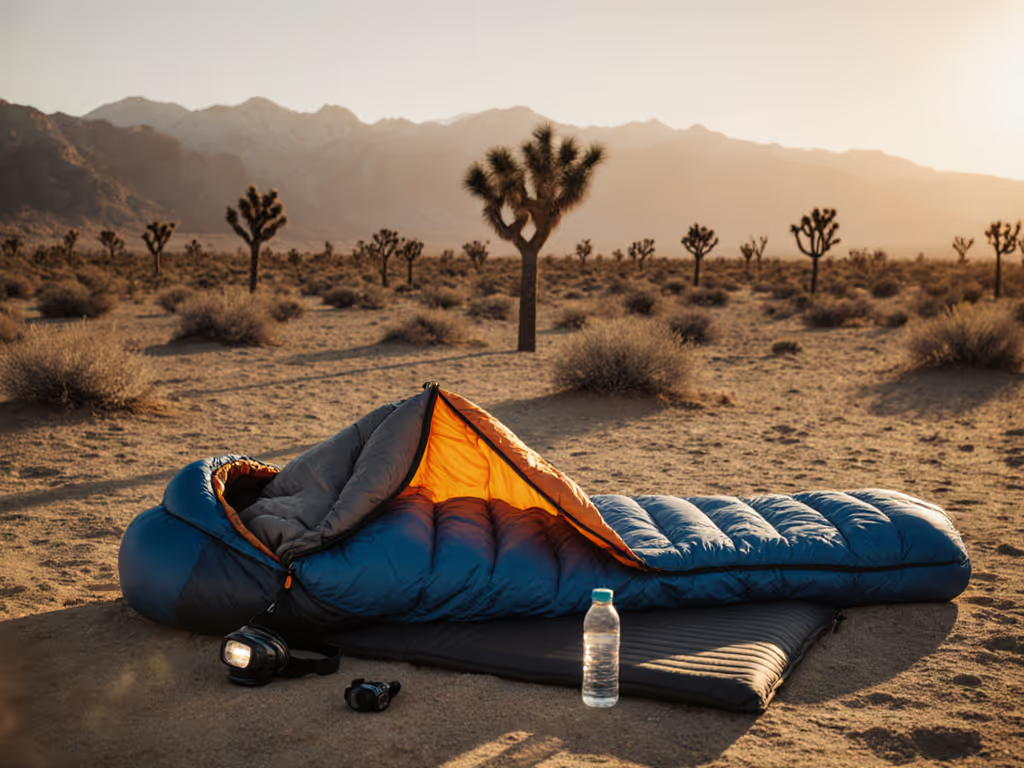
Desert camping throws a curveball at sleep systems: scorching days followed by bone-chilling nights. Choosing the right camping sleeping bag becomes critical when temperatures swing 50°F+ within hours. Through a prism of price-to-warmth analysis and durability testing, we cut through marketing hype to spotlight bags balancing thermal efficiency, venting agility, and long-term value, where failure risks sleep and safety.
Key Desert Sleep Challenges: Your Pain Points Solved
Nighttime desert temperature plunges demand precision. ISO temperature ratings alone fail when dry air accelerates heat loss. Add wind chill from canyon drafts, and a "20°F" bag might only feel warm to 35°F. We prioritized bags addressing these arid climate sleep systems hurdles:
- Overheat-to-freeze cycles: Sweating at dusk wets insulation, sabotaging warmth by dawn.
- Wind-driven drafts: Gaps at hoods, collars, or zippers become heat sieves.
- Pad pairing gaps: Cold ground sucks heat if your bag's width doesn't match your pad.
- Moisture traps: Down clusters clump when breathability fails, even in dry air.
Spend where failure hurts; save where you can. I learned this repairing a bargain bag at 3 AM when 35°F nights felt like 10°F. The sticker price ignored pad gaps and radiative heat loss.
Critical Sleeping Bags: Tested for Desert Swings
1. NEMO Forte Endless Promise 35°F (Synthetic)
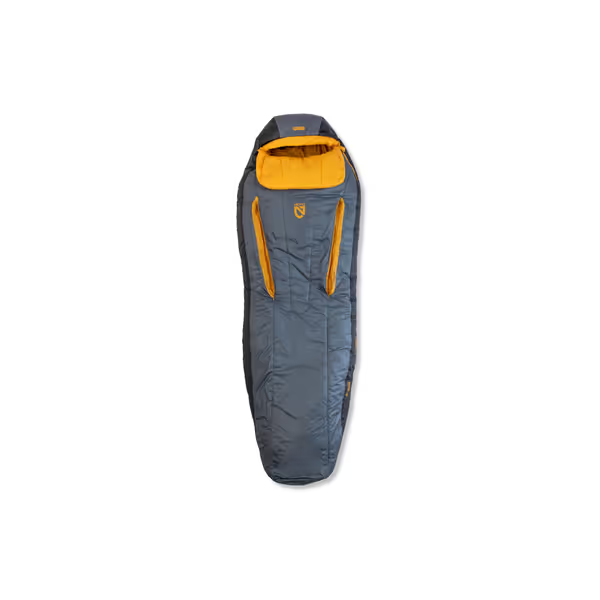
Nemo Equipment Forte Endless Promise Synthetic Sleeping Bag
Why it works: Spoon-shaped cut amplifies dead air space without weight penalty, critical for side sleepers shifting positions hourly. Upgraded Thermo Gill™ vents with multistage zippers let you micro-adjust airflow without wrestling the main zipper. Synthetic Zerofiber PCR fill (100% recycled) resists dampness from sweat or surprise dew, warming consistently across 25°F-45°F swings; see how synthetic vs down compares when moisture is in play.
Risk flags:
- 🟢 Green: Lifetime warranty + recyclable build cuts long-term cost-per-night. Shell bluesign® fabrics withstand abrasive sandstone.
- 🟡 Yellow: 2 lb weight won't thrill ultralighters; pack volume exceeds down rivals.
Best for: Car campers or backpackers under 5-day trips prioritizing sweat safety over ounce-shaving. The 72" length fits up to 6'2".
2. REI Magma 15 850-Fill Down (21°F)
Why it works: 850-fill RDS-certified down delivers exceptional warmth-to-weight (2 lbs 3.6 oz). The draft collar locks out wind, while a wraparound chest zipper enables rapid venting during evening warmth. Nine size options (including Long/Wide) reduce pad gaps. Tested comfort at 21°F aligns with desert nights dipping to 25°F when paired with an R >= 4 pad.
Risk flags:
- 🟢 Green: Climate Neutral certification + inclusive sizing (no upcharge for wide/long).
- 🔴 Red: Overkill above 40°F; premium price if mainly used in shoulder seasons.
Best for: Cold sleepers or high-elevation deserts (e.g., Mojave winters). Use with a liner in transitional seasons.
3. REI Magma Trail Quilt 30°F (1 lb 4.3 oz)
Why it works: Fully unzippable to a breathable blanket for 60°F evenings, then converts to a draft-sealed footbox as temps crater. 850-fill down compresses to softball size. At just 1.24 lbs, it's viable for fastpacking Sonoran trails.
Risk flags:
- 🟢 Green: Left/right toggle attachments prevent pad slippage, critical for restless sleepers.
- 🔴 Red: Cold spots likely below 35°F; drafts if you toss often.
Best for: Ultralight desert backpackers prioritizing daytime packability over deep-winter use.
Comparison: Desert-Ready Sleep Systems
| Feature | NEMO Forte 35°F | REI Magma 15 | REI Magma Quilt 30 |
|---|---|---|---|
| Weight | 1.98 lbs | 2.23 lbs | 1.24 lbs |
| Fill/Insulation | Recycled Synthetic | 850-fill Down | 850-fill Down |
| Temp Range (Best) | 25°F-45°F | 15°F-40°F | 30°F-60°F |
| Venting | Multi-stage gills | Chest/zipper | Full-blanket mode |
| Moisture Safety | High (synthetic) | Medium (treated down) | Low |
| Price | $169.95 | $399 | $329 |
| Failure Risk | Low | Low | Moderate (draft exposure) |
Critical Buying Factors: Beyond the Rating
Pad R-Value > Bag Rating
Desert ground siphons heat 5x faster than air. Pair any bag/quilt with an R >= 4 pad for nights below 40°F. Skimping here undermines your bag's rating.
Draft Management > Weight Savings
Quilts save ounces but demand careful sealing. For a full breakdown of trade-offs, see sleeping bags vs quilts. Mummies like the Magma 15 or semi-rectangular NEMO reduce gaps during wind events.
Fit > Brand Hype
Hip girth under 60" causes compression cold spots. Shoulder girth below 58" feels constricting for side sleepers. Measure your sleeping width before buying. Use our sleeping bag size guide to avoid cold spots from a poor fit.
Venting > Absolute Warmth
Prioritize bags with multiple venting zones (chest, foot, side) to shed heat fast when dusk temps linger above 60°F.
Final Verdict: Match Your Desert Strategy
- For budget-conscious versatility: The NEMO Forte 35°F ($169.95) balances synthetic safety, spoon-shaped mobility, and robust venting. Its repairable/recyclable construction aligns with decades of desert trips.
- For frozen-canyon confidence: REI Magma 15 ($399) justifies its cost with frost-proof warmth and inclusive sizing. Its climate-neutral build ensures ethical warmth.
- For ultralight speedsters: REI Magma Quilt 30 ($329) shines in 3-season trail runs where pack space trumps deep-winter use.
Cost-per-night math? A $400 bag lasting 200 nights costs $2/night, cheap insurance against shivering dawns. Desert cold bites faster than altitude; dependable warmth is where failure hurts most.
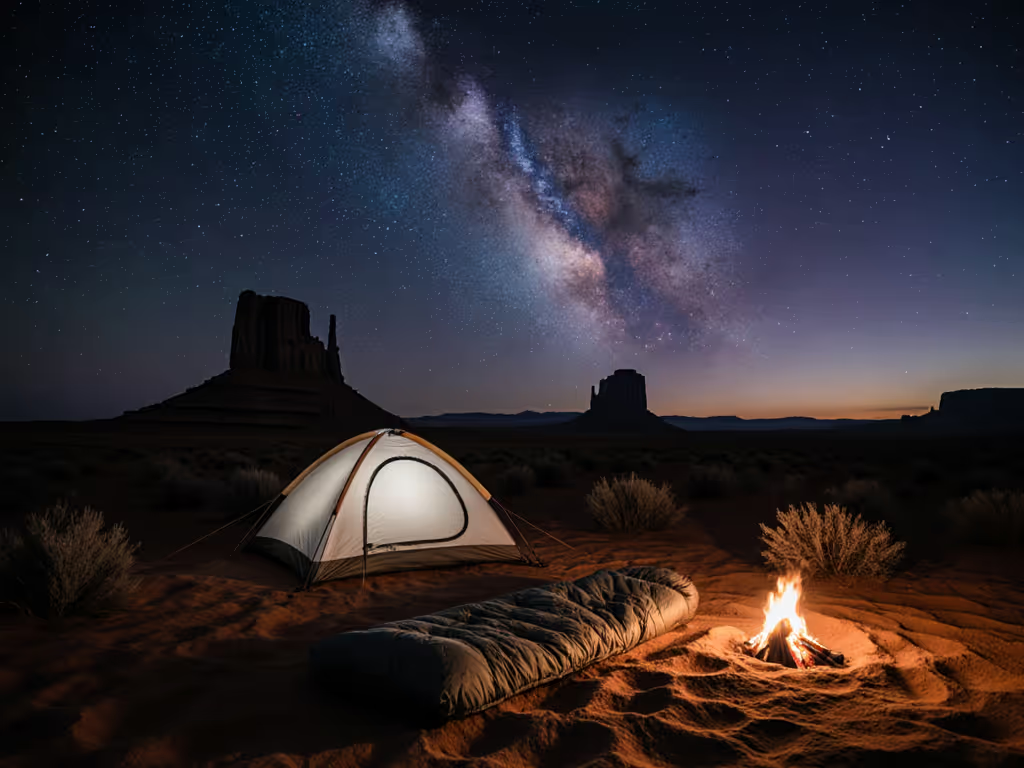
Red Flag Alerts:
- Avoid 'rated to' claims without EN/ISO certification.
- Never pair a 20°F bag with an R<3 pad below freezing.
- Skip narrow mummies (shoulder girth < 62") if you sleep sideways.
Related Articles

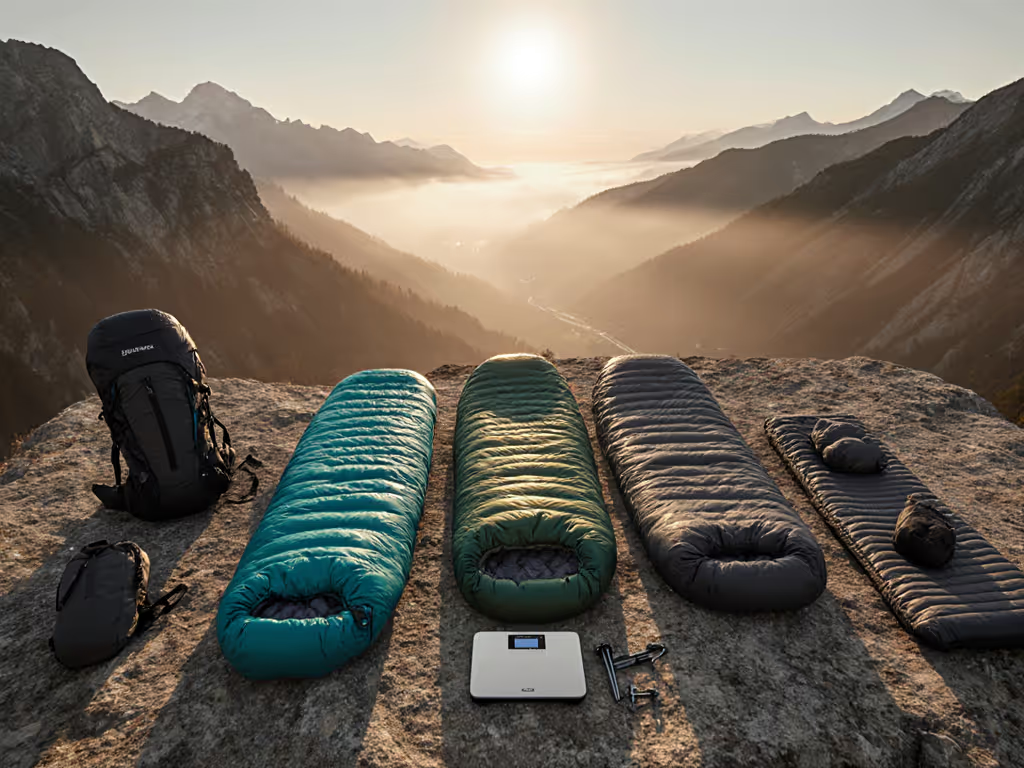
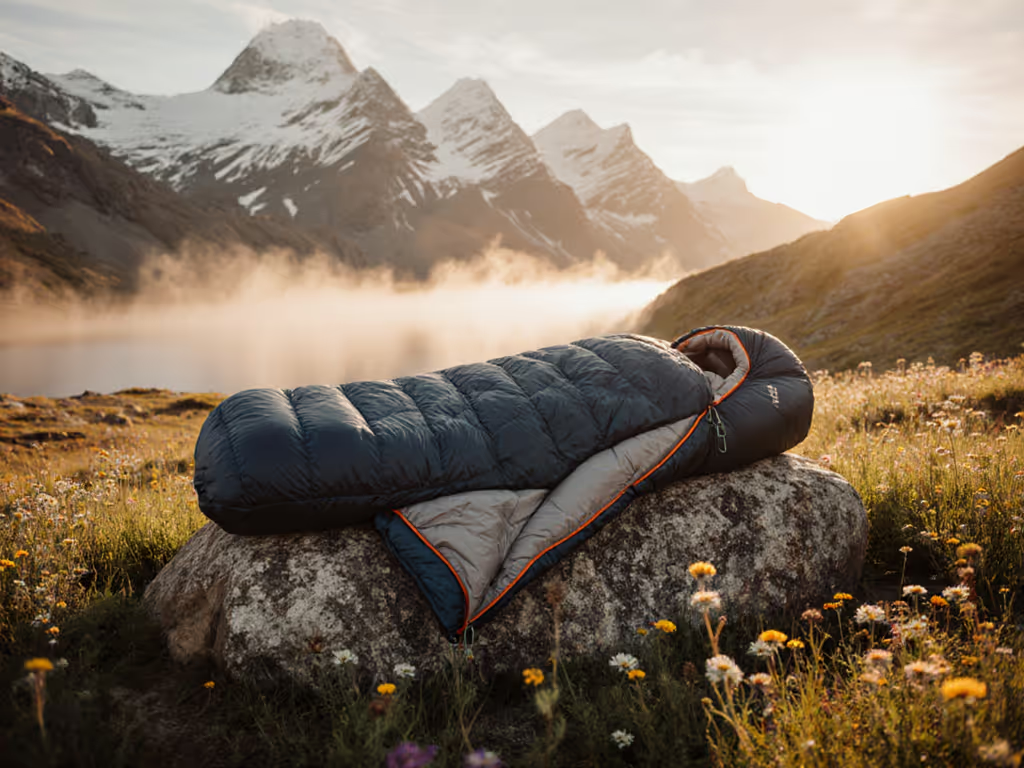
Trusted Eco-Friendly Sleeping Bags: No Performance Trade-Offs
Learn how to choose sustainable sleeping bags that stay warm when it counts, using straightforward price-to-warmth math, durability and repairability checks, and fit-focused tips. Features vetted picks and a value map so you know where to spend, where to save, and when a wearable blanket makes sense.
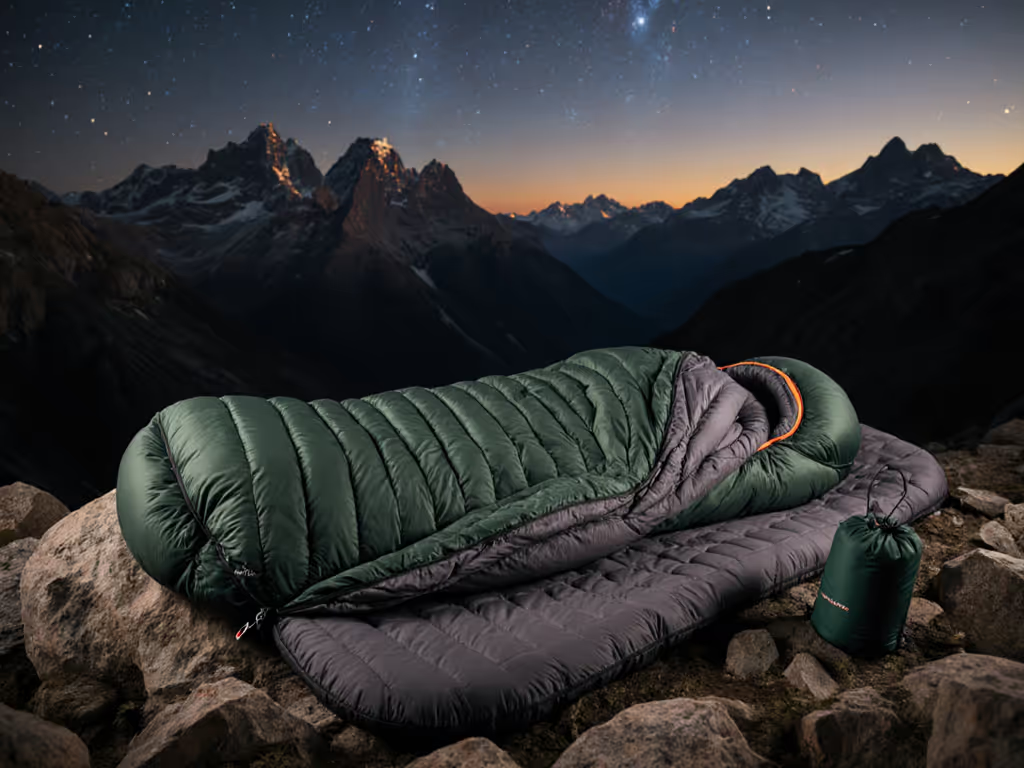
Backpacking Sleeping Bags: Comfort-First Warmth Solved
Focus on comfort, not just temperature ratings: diagnose your sleep position, match fabrics and pad R-values, and manage moisture to optimize real-world warmth. Follow practical checklists and testing steps to build a personalized sleep system that delivers restorative backcountry rest.
